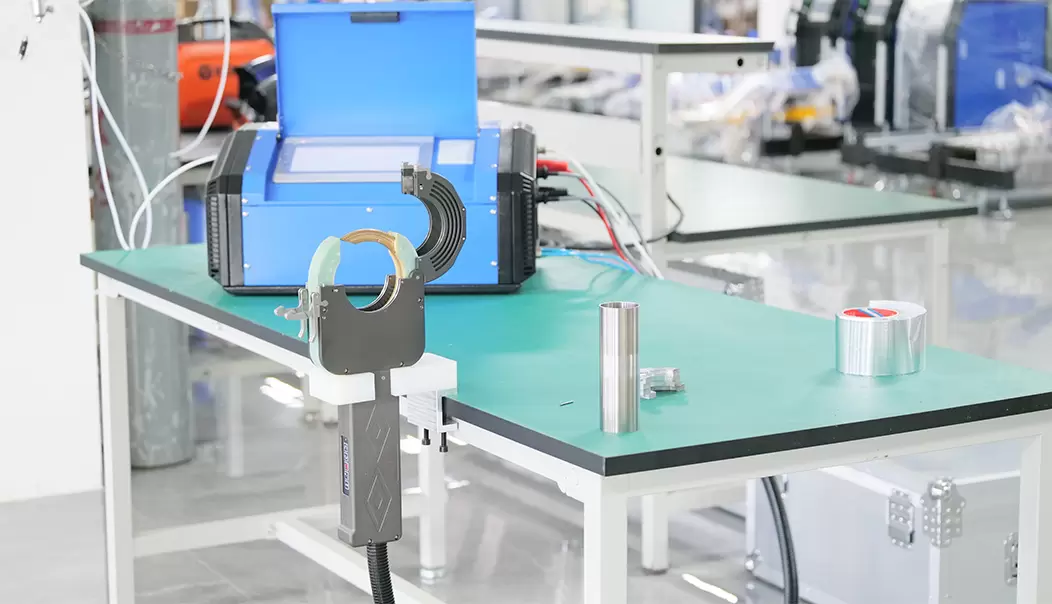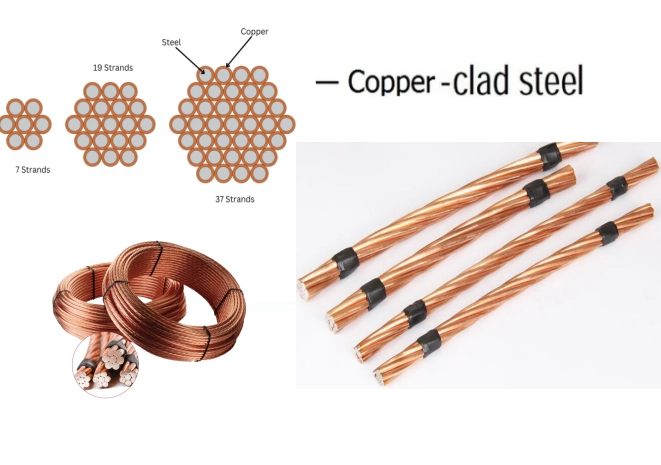Exploring the World of CNC Spindles: Types, Applications, and Innovations
In the realm of computer numerical control (CNC) machining, spindles play a pivotal role in determining the efficiency, precision, and overall performance of machining operations. Understanding the different types of CNC spindles is essential for manufacturers and engineers aiming to optimize their machining processes. This article delves into the various types of CNC spindles, their applications, and the innovations shaping their future.
- Introduction to CNC Spindles
CNC spindles are the rotating components of a CNC machine that hold and drive the cutting tools. They are integral to the machining process, influencing factors such as speed, torque, and accuracy. The choice of spindle can significantly impact the quality of the finished product, making it crucial for manufacturers to select the right type for their specific applications.
- Types of CNC Spindles
CNC spindles can be categorized based on several criteria, including design, drive mechanism, and application. Here are the primary types:
2.1. Air-Cooled Spindles
Air-cooled spindles utilize air as a cooling medium, making them lightweight and suitable for high-speed applications. They are commonly used in industries where precision is paramount, such as aerospace and automotive. The advantages of air-cooled spindles include:
- High Speed: Capable of reaching speeds up to 60,000 RPM.
- Lightweight Design: Easier to integrate into various CNC machines.
- Cost-Effective: Generally less expensive than liquid-cooled alternatives.
However, they may not be suitable for prolonged heavy-duty machining due to potential overheating.
2.2. Liquid-Cooled Spindles
Liquid-cooled spindles use coolant fluids to maintain optimal operating temperatures, making them ideal for high-torque applications. These spindles are prevalent in industries that require sustained cutting operations, such as metalworking and woodworking. Key features include:
- Enhanced Cooling: Better thermal management allows for extended machining sessions.
- Higher Torque: Capable of handling more demanding machining tasks.
- Durability: Typically have a longer lifespan due to effective heat dissipation.
The trade-off is that they are generally heavier and more complex due to the cooling system.
2.3. Direct Drive Spindles
Direct drive spindles eliminate the need for belts or gears, providing a direct connection between the motor and the spindle. This design results in higher efficiency and reduced maintenance. Benefits include:
- Precision: Minimal backlash and vibration lead to superior machining accuracy.
- Speed Control: Enhanced control over spindle speed, allowing for better adaptability to various materials.
- Compact Design: Space-saving and easier to integrate into CNC systems.
Direct drive spindles are particularly favored in high-precision applications, such as dental and medical device manufacturing.
2.4. Belt-Driven Spindles
Belt-driven spindles use a belt system to transfer power from the motor to the spindle. They are versatile and can be designed for a wide range of speeds and torques. Advantages include:
- Flexibility: Can be easily adjusted for different speed requirements.
- Cost-Effective: Generally lower initial investment compared to direct drive systems.
- Simplicity: Easier to replace and maintain.
However, they may experience more wear and tear over time, leading to potential maintenance issues.
- Applications of CNC Spindles
The choice of spindle type is often dictated by the specific application. Here are some common uses:
- Metal Machining: Liquid-cooled and direct drive spindles are preferred for high-torque applications, such as milling and drilling.
- Woodworking: Air-cooled spindles are often used for routing and engraving due to their high-speed capabilities.
- Aerospace Components: Direct drive spindles are favored for their precision in machining complex geometries.
- Medical Devices: High-precision applications benefit from the accuracy of direct drive spindles.
- Innovations in CNC Spindle Technology
As technology advances, so does the design and functionality of CNC spindles. Some notable innovations include:
- Smart Spindles: Equipped with sensors that monitor temperature, vibration, and load, allowing for predictive maintenance and enhanced performance.
- Modular Spindles: These spindles can be easily customized or upgraded, providing flexibility for manufacturers to adapt to changing production needs.
- Hybrid Cooling Systems: Combining air and liquid cooling to optimize performance across a wider range of applications.
- Conclusion
Understanding the different types of CNC spindles is crucial for optimizing machining processes and achieving high-quality results. By selecting the appropriate spindle type based on application requirements, manufacturers can enhance efficiency, precision, and overall productivity. As innovations continue to emerge, the future of CNC spindles promises even greater advancements, paving the way for more sophisticated and efficient machining solutions.

